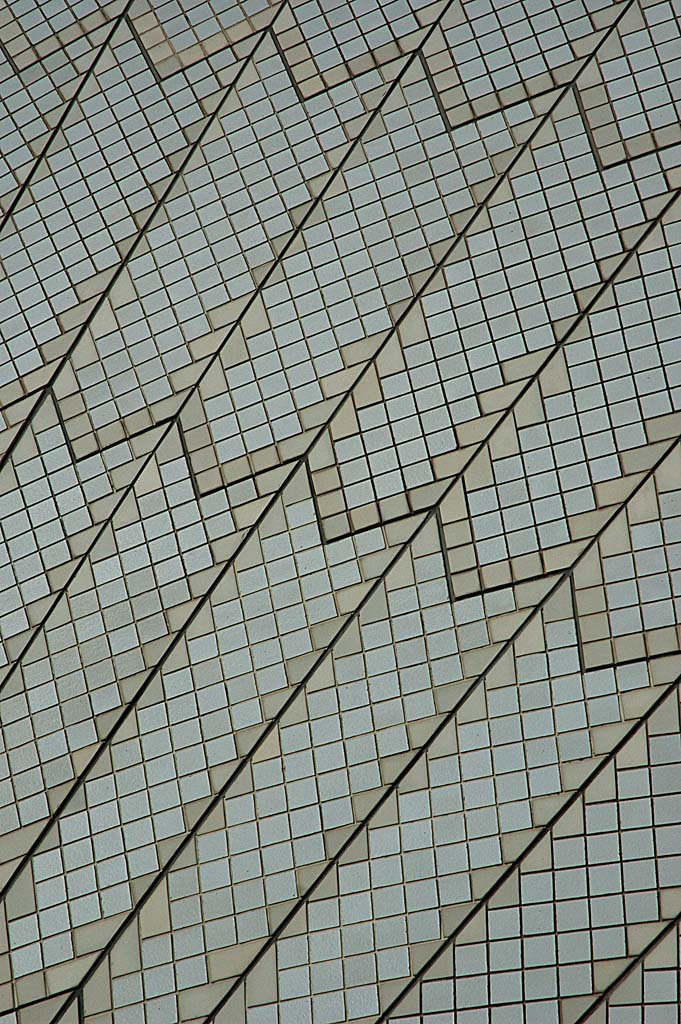Current photography software offers great options for the restoration of of the shadow and highlight detail in photographic images.
These adjustments can give a great improvement to an image by allowing you to show much more detail in the shadow areas and the highlight areas of the image.













